Team with Audrey
Link to slides:
https://docs.google.com/presentation/d/19zmdT30-CB8pZphGZ61z5Y4eNgaFonntyqOqV9oc1Tg/preview
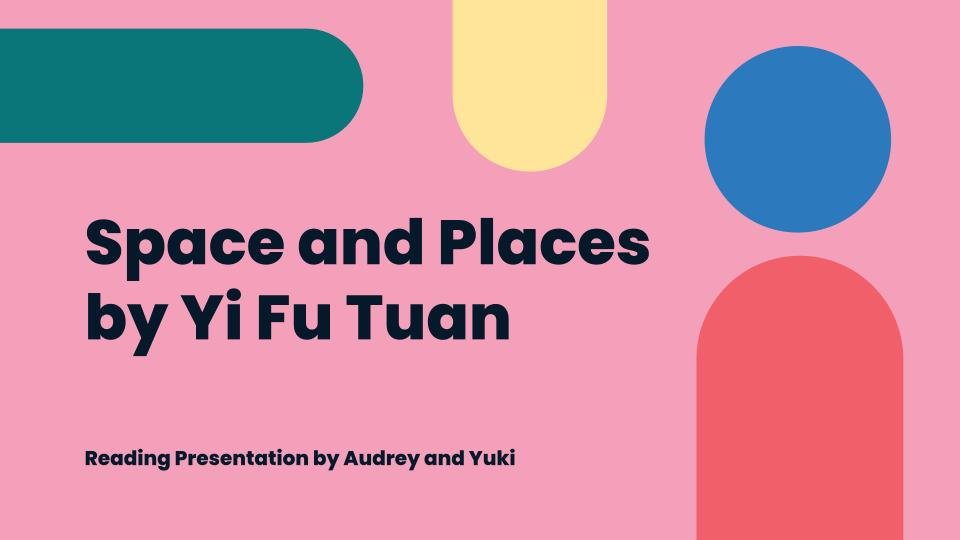
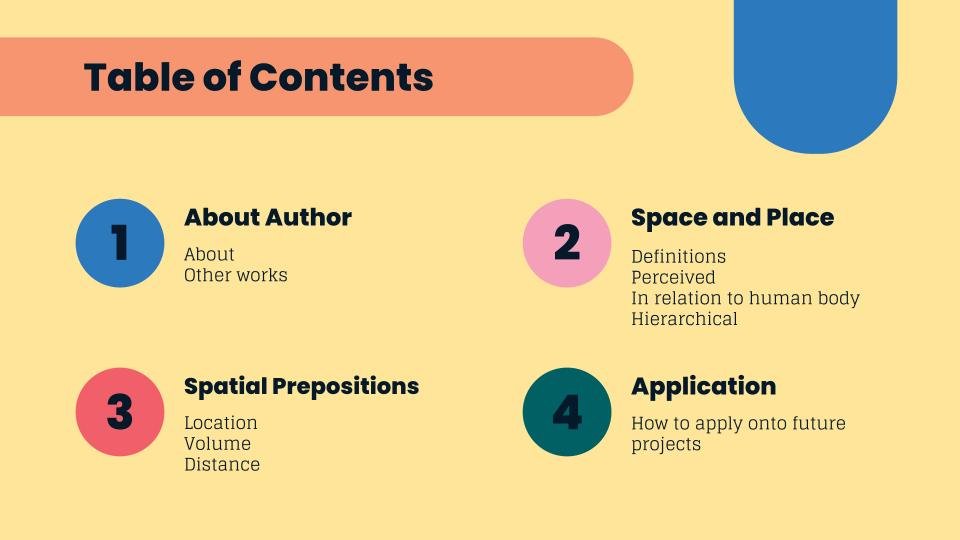
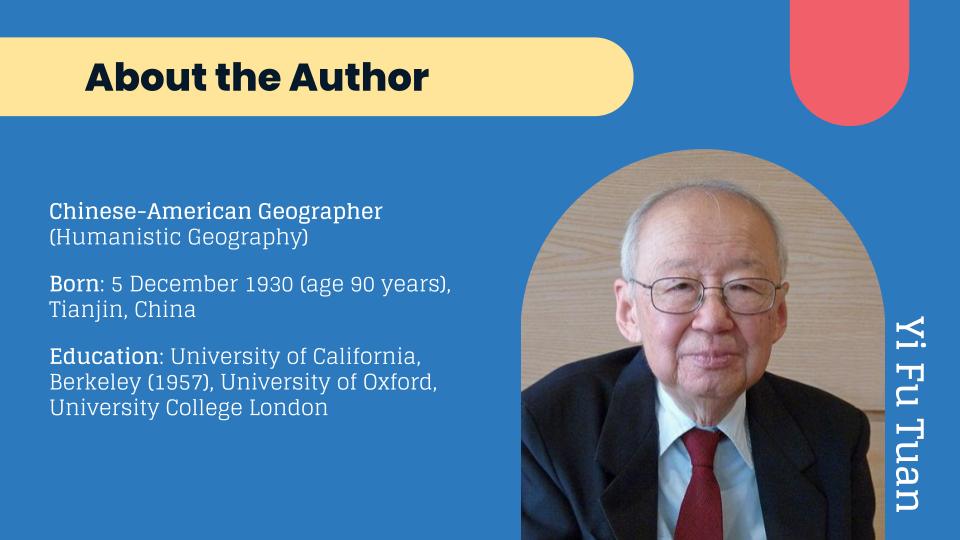
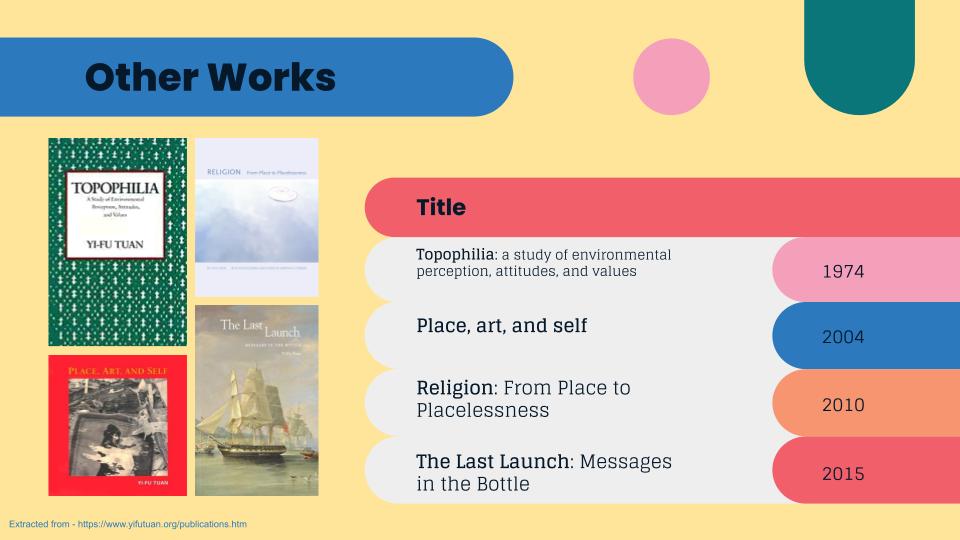

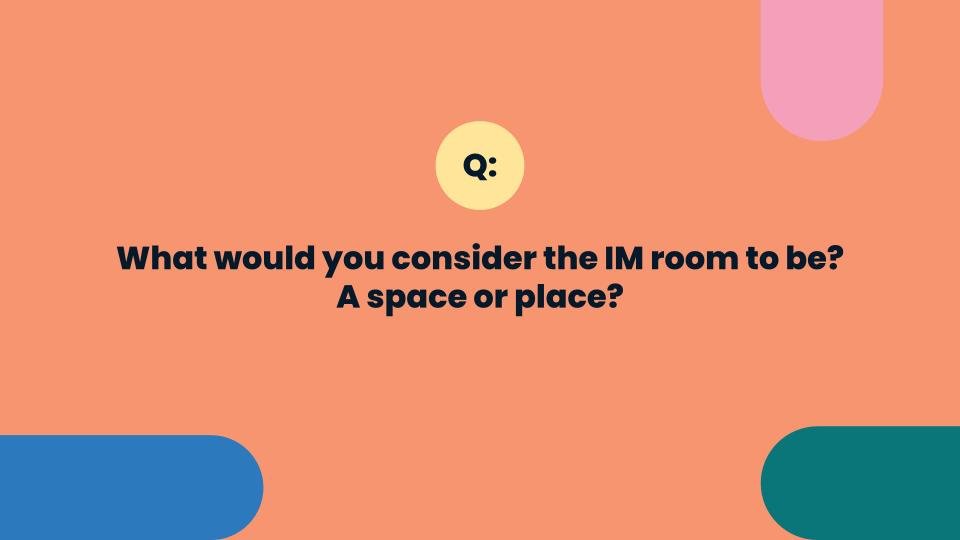
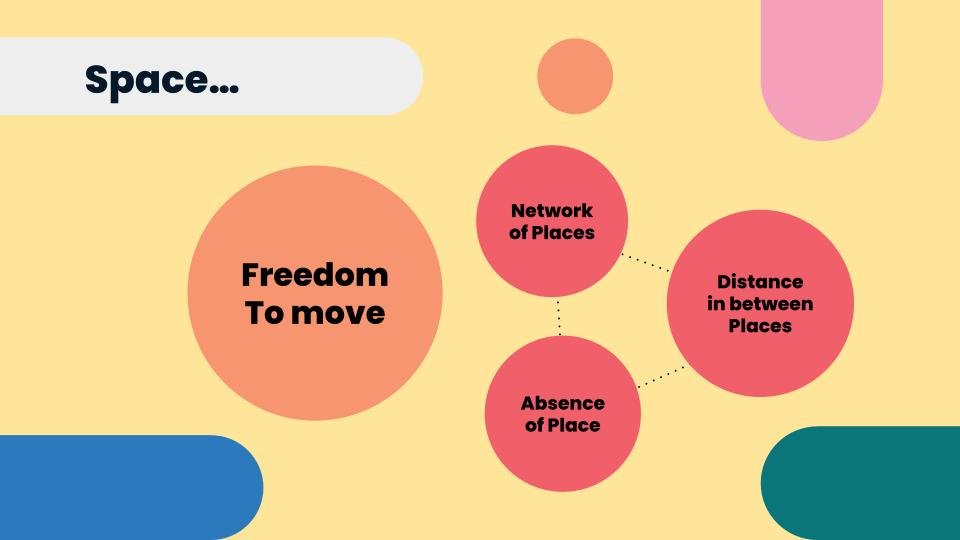
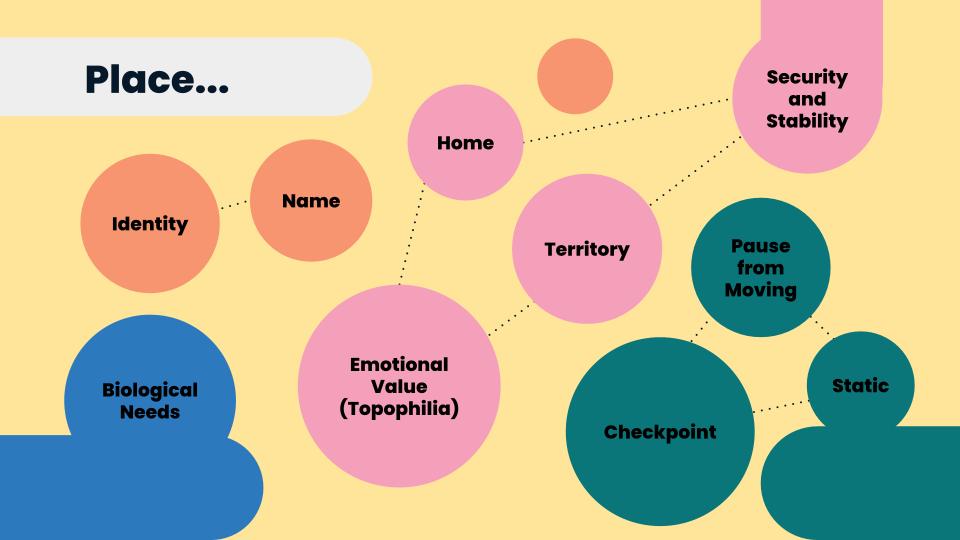
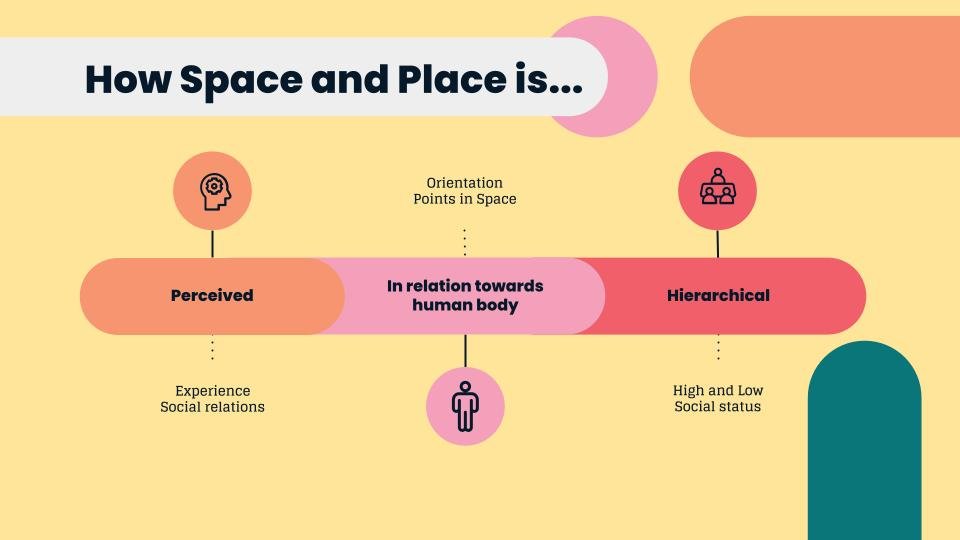

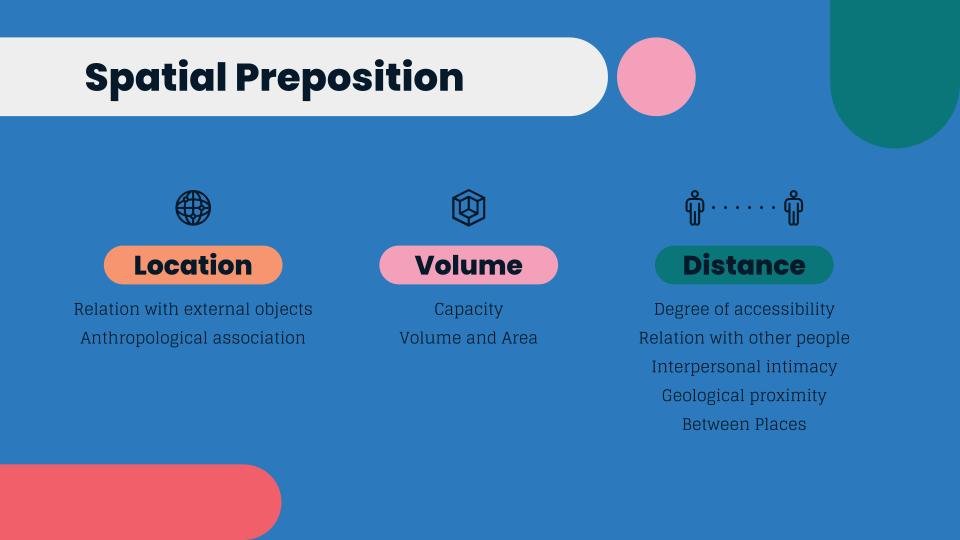
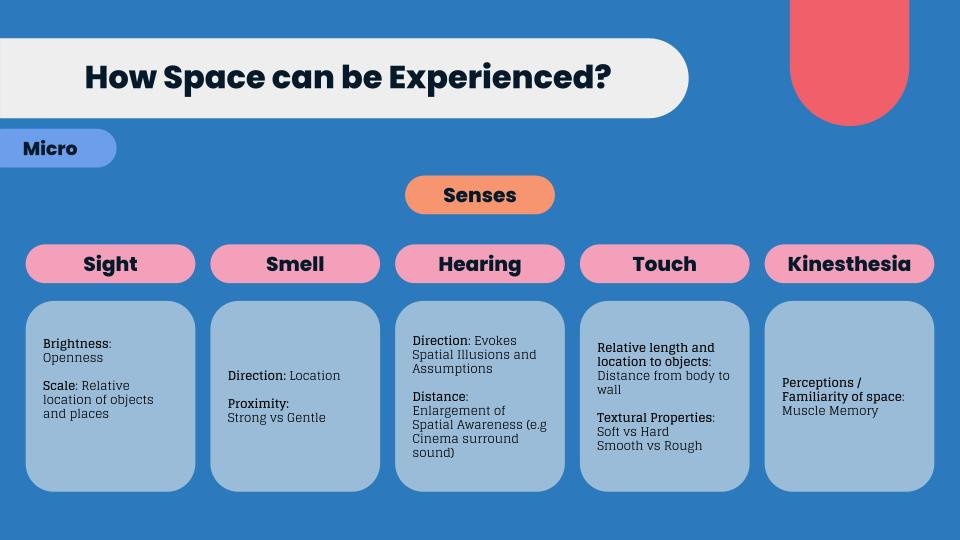
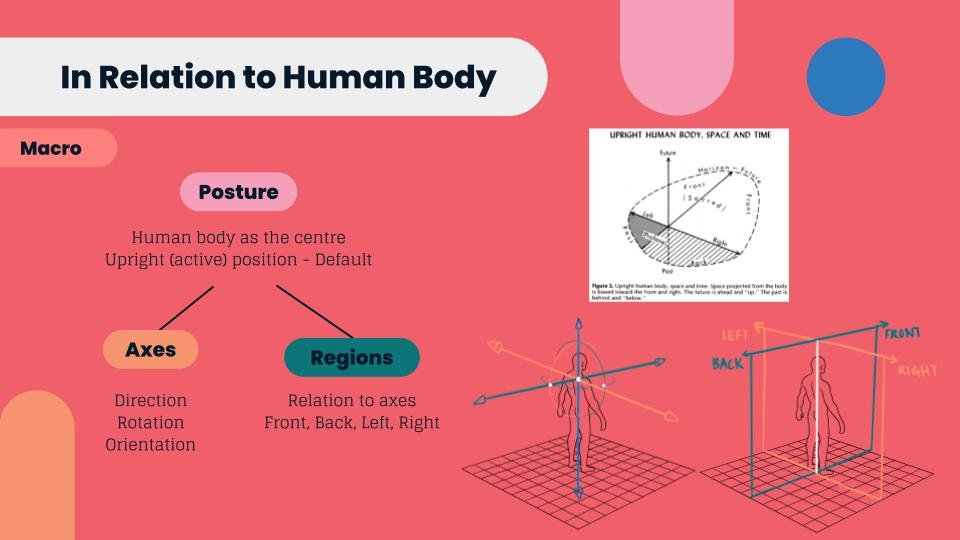
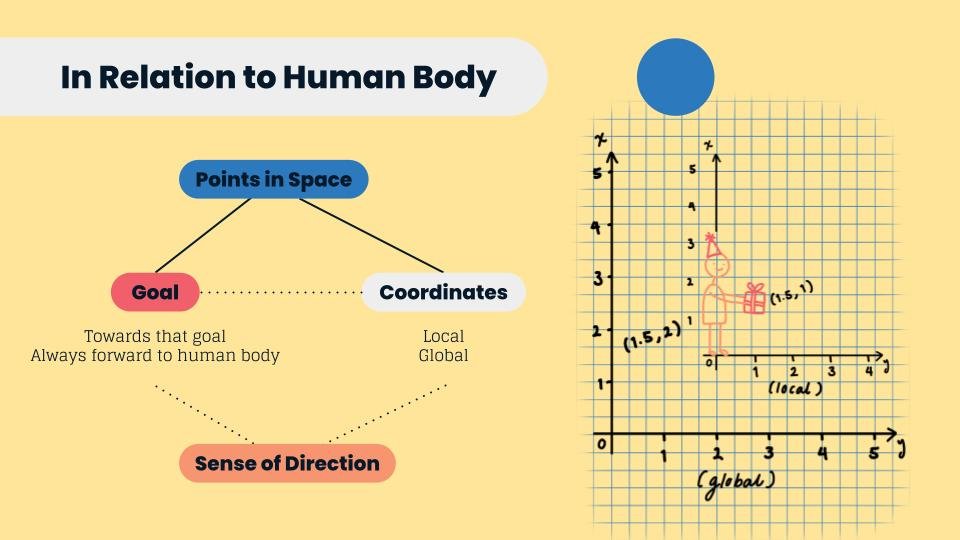
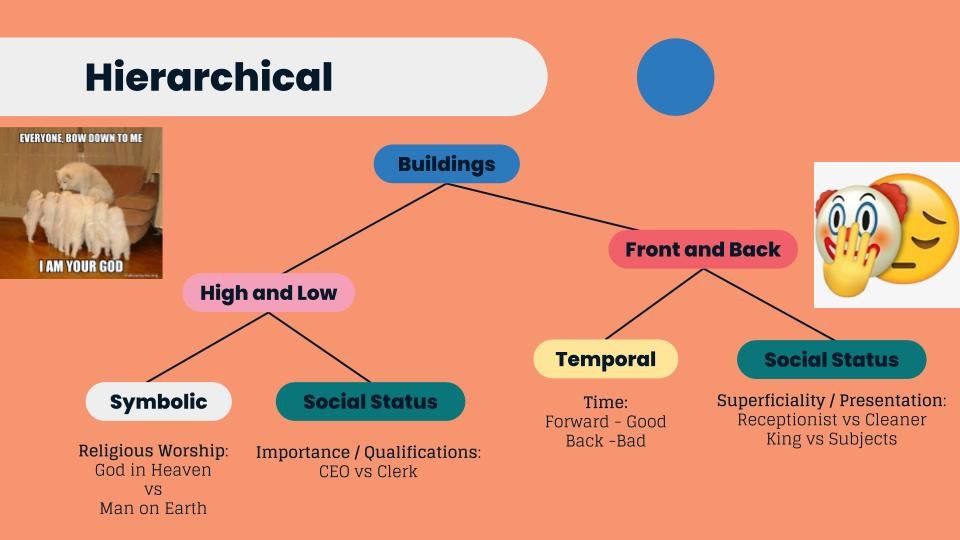
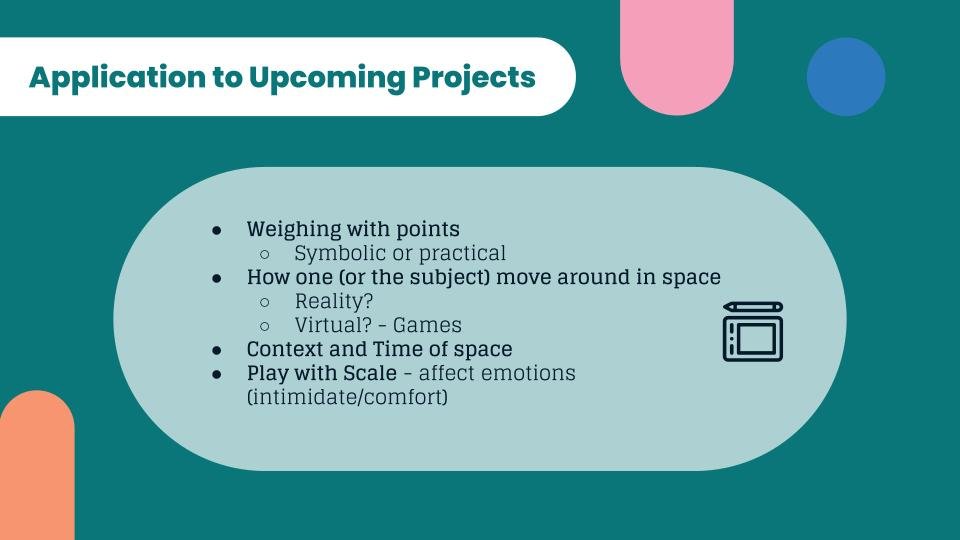
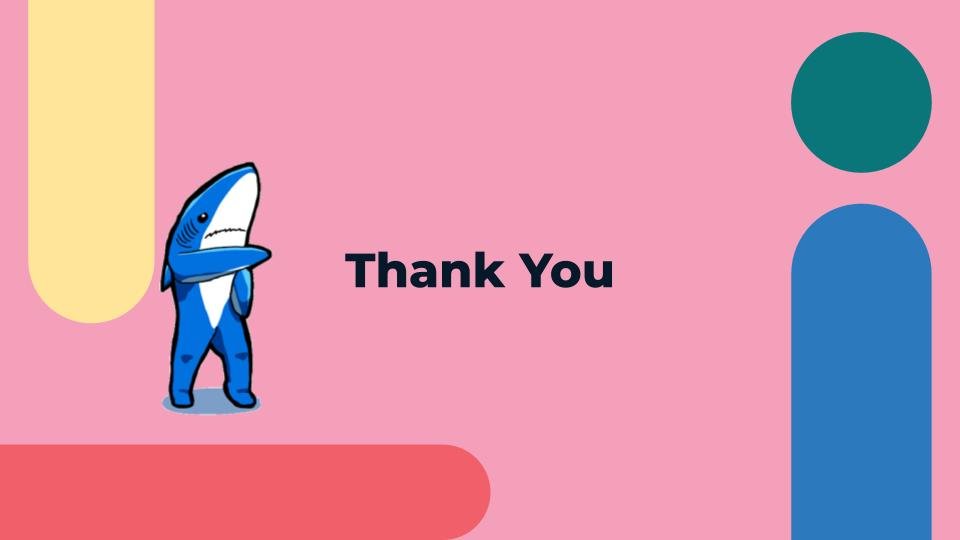

Team with Audrey
Link to slides:
https://docs.google.com/presentation/d/19zmdT30-CB8pZphGZ61z5Y4eNgaFonntyqOqV9oc1Tg/preview

















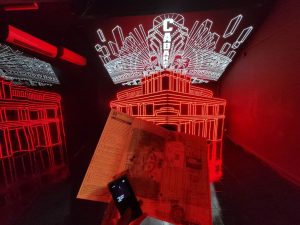
The New World’s End is a permanent installation in OH! Open House which provides a multi sensory theatrical experience. It tells a love story of Kiran and Rosa, while presenting the history and stories of Jalan Besar such as the mentioning of iconic New World Amusement Park in the 1960s and exploring the theatrical sets and installations during the walk. It was my first ever audio guided walk and I had not explore much of Jalan Besar before so it was new and interesting experience. To be able to have both takes on how Jalan Besar was, from hearing it’s past through the eyes of the couple and seeing how Jalan Besar is presently.
We started the introduction at the OH! Open House at Desker Road and heading out exploring Jalan Besar. The timing of the tour fits with the tour. As it was during night time, especially the section “The streets of Jalan Besar”, it was accompanies by real time sounds of Jalan Besar, the bustling of the streets of people walking and cars driving around. However this provided slight collision of sounds at sections such as “The Night Style” where the couple were together having a conversation, creating a romantic, peaceful quiet like atmosphere.
An aspect I have noticed of an audio guided tour was how the audio can be received along with the route we were to take. There were times we had trouble keeping up with the audio or listening to it whilst taking note of our surroundings in hopes to find our way along the guided route and also not get in anyone’s way. I felt I would have been lost if not accompanied by my classmates. This in my opinion breaks the immersive experience the audio perhaps intends to give but also giving a difference experience with the surrounding sound, space and environment as mentioned before on the sections. The map in the ticket also was a great help, showing noticeable landmarks such as the Mustafa Centre, Fortuna Hotel and the 24 Hour Coffee Shop Al Mubin, it works well with the audio which also mentions the landmarks, and with the audio track number marked on the map as well to keep track.

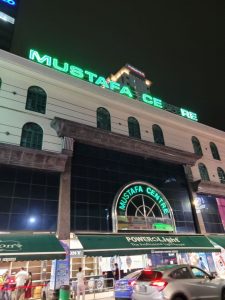
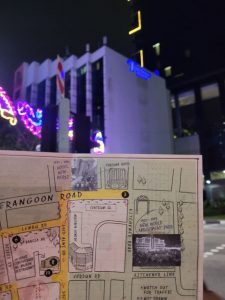
For the theatrical sets, such as the apartment and dressing room had such great attention to detail. From the cigarette butts on placed in the ash tray, the drinks, papers and stationary scattered around, to Kiran’s typewriter half typed. The setting of the space also fit with the time period. It gave the impression as if someone really lived there and I felt slight bad for intruding their home. We also noticed the apartment on the other side of the window was lit and wondered in it was part of the set. The set portraying the collapse of the Hotel New World showed the devastation and also the memories of the couple. The staff had to close the entrance so the set was pitch black and flashing of lights and it terrified me, fitting with the collapsing of the hotel, but with the black and white screens showing the couple, it created this flashback calm effect as we focused on what was on the screens.
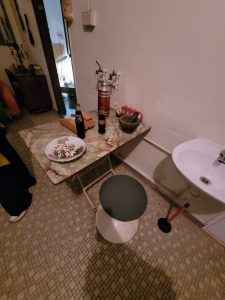

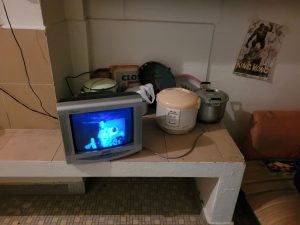
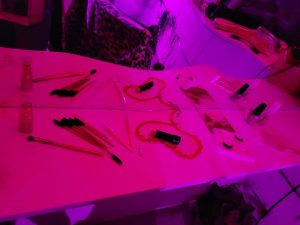
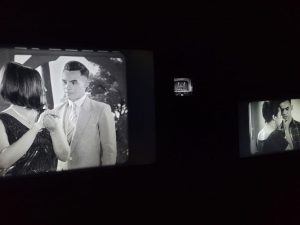 The New World’s End overall was an immersive experience and it showed me the possible interactions be it controlled and uncontrolled through an audio guided tour we may encounter.
The New World’s End overall was an immersive experience and it showed me the possible interactions be it controlled and uncontrolled through an audio guided tour we may encounter.
(563 words)
FURTHER REFERENCES
https://ohopenhouse.org/OH-Stories-New-World-s-End
https://sgmagazine.com/things-to-do-singapore/news/oh-open-house-new-worlds-end
https://www.timeout.com/singapore/art/new-worlds-end
Possible questions to ask:
>How was the guided route designed or planned out?
> With the experience enhanced with music duo NADA, and films by Brian Gothong Tan. Were some of the works pre-existing or made specially for New World’s End?
This reading introduced ideosis, with what can be seen as an autocratic or nonautocratic system. For this case Krzysztof Wodiczko’s works calls out what is normalised in a democracy by giving a voice to those have been silenced by social, economic issues using his work Homeless Vehicles as an example. The disection and elaboration of the term Critical Vehicle and also the concept of abandoning machines in whole and covering ground on foot as a new kind of “productivism”. The explanation of Interrogative Design by disecting living experiences and with the aim to present both sides of the circumstance, what is happening now, the negatives and how to stop it from happening again. An interesting portrayal of art as democratic, a way of new xenology or foreign normalisation, breaking away the old norm. The referencing to past avant grande practices and the change public spaces with monuments over time.
Upon reading the first few words of the reading, “virtual opening architecture, the city, the body and technology” intrigued me on what could Lozano’s works be. My first thoughts based on those words especially “virtual opening” and “architecture” was it could have been something related to light projection? Using environment around it to create a virtual opening? Or something done with AR as well? The reading explores further into the artist’s use of technology and how this helps helps him in his works to transform an architecture’s preset narrative by effecting how it is perceived by people. It also shows how the possible interactions and reactions between the people in the architecture and his works. The unpredictable play between the audience and his works and also how this influences the space used be the audience becoming more aware of this virtual space and the “outside”.
This reading has opened my mind about race and culture in Singapore. It has never crossed my mind to think about how at birth we have been assigned to a race, but even know may know nothing of it. So what defines Singapore culture? My thought on Singapore being a multiracial country is it has given us chance to be exposed to such a unique culture of its own, a culture that are more accepting of differences. Though with these differences, there can be divisions of races but this can be seen as a mix of races that sharing the same culture, especially through the celebrations of multi religious holidays, education like the need to learn the English language (to allow a common language amongst everyone), this leading to Singlish, a mother tongue language (to better know/learn about your race), and the government itself on doing their best to create equality amongst everyone. The reading also mentioned guest workers and citizenship in Singapore. I agree that despite Malay being Singapore’s ‘national language’ it is hardly spoken let alone studied by anyone other than Malays. As my father has learnt a bit of the Malay language on his own, I feel it would be interesting for Singaporeans to learn the basics as the language is a part of Singapore, perhaps on par with history class in primary schools to have a better understanding of our culture in Singapore.
I agree with the reading describing Space being an abstract term for a complex set of ideas especially how it is perceived and measure may differentiate from people. How space can be organised, that one may find comfort in a cluttered small bedroom, however to another may find it messy and suffocating to be in. The reading helps further understand the human body with relation toward space and time being such as when one is active or at rest affecting orientation and considering points in space subconsciously. It also explained hierarchy through place and space, which reminded me of the movie parasite which shows the difference in hierarchy/class not only through the colours but also by the amount and level of space the respective people live in (e.g a mansion like house with a yard and an underground basement).


There’s also the defining of one’s ambient space front-back and right-left regions be it spiritual, belief or objective. Spatial prepositions also shows how we perceive or describe objects in space, from location, volume and distance. There’s also the questioning of the amount spaciousness with relation to the feeling of openness and freedom if the addition of other people will affect it. I view that the feeling of openness and freedom is not only affected by the volume of people or space and there are other variables (such as social relations) that play a part. However, focusing only on population density and crowding, this can be dependent as the total volume of people occupying a volume of space they are in.
PDF slides: week 1 poster_progress

